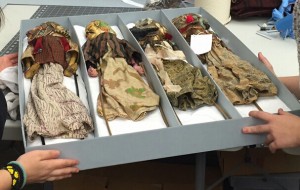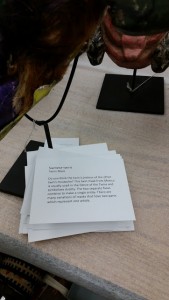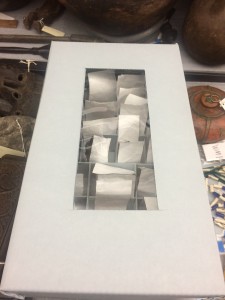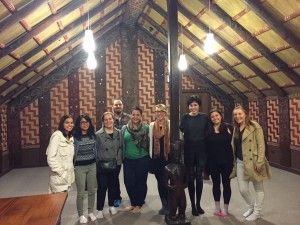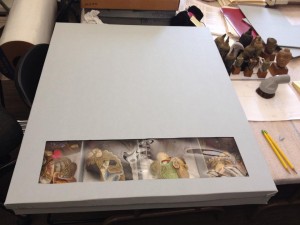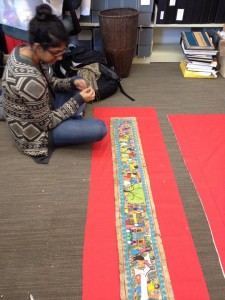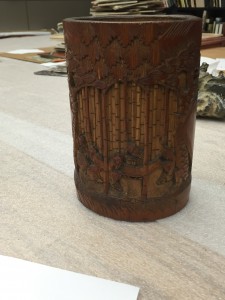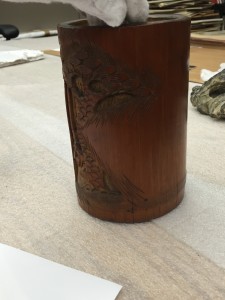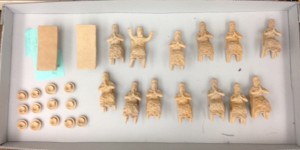For the first few weeks of the semester my focus in the May Weber Collection had been documenting objects and researching their importance and origin. While this was interesting, it also proved to be stressful and soon I turned to archiving. Sorting through all of May’s business transactions and personal files fulfilled my weeks curiosity cravings. The archives proved just how globally extensive the collection was. I feel once all of the archives are sorted it will be much easier to document the objects. A few weeks later though, once again my focus in the collection was changed.
There was a problem in the storage of the puppets. The MW Collection has around a dozen or so wooden puppets from Asia, all complete with tangled strings and bunched up clothes, that had to be re-housed. Previous to our re-housing efforts, they were simply resting on the shelves like all of the other objects. This method was not horrible as the shelves and foam were all archival, but it was not ideal. Myself and several other students shouldered the challenge of creating boxes for all of the puppets.
From massive pieces of blue board we measured, cut and glued together the bottoms from measurements we had taken of puppet configurations. It was basically adult arts and crafts time. After making sure those three to four puppets had their space, we cut dividers and glued them in place. Each puppet bed was complete with a cushy body pillow to lay on and in some cases a head rest. From there we measured and cut more blue board to form a lid. These lids proved to be the defining feature of the boxes, as all of them have plastic windows to view the contents. Who ever thought of that, genius idea. Truly well done.
Throughout the whole process, although I knew our efforts were with the best intentions, part of me could not help but question our methods. Everything just seemed too, as I mentioned before, arts and crafts. It was not until our class trip to the Field Museum and down into the belly of the Anthropology Collections, where I saw how they rehoused artifacts, that my faith was restored. For me, and I’m sure others who worked on the Great Puppet Project of 2015, walking through those aisles of shelves and seeing blue board boxes, twill tape, windows (!) plus other methods we used in the MW collection was somewhat emotional. While the artifacts themselves were amazing, I could not help but look at how they were housed and by what means. I was now confident that our work was professional and entirely legitimate.
Needless to say, I believe I have found my calling within the MW Collection. Rehousing artifacts ensures their safety and longevity. It is an integral part of the accession process and one that I hope to continue.
{ I will post pictures soon, as I am sure you are dying to see those boxes 😉 }
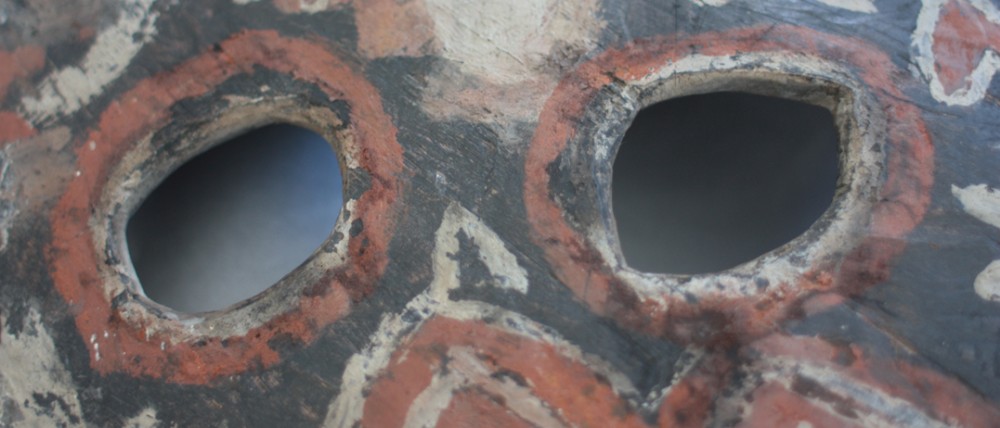
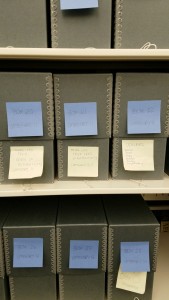
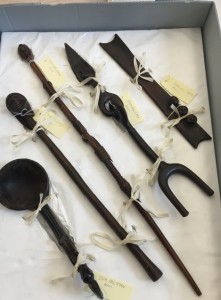
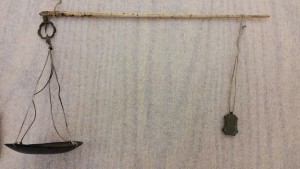
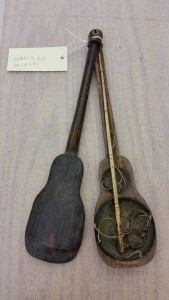
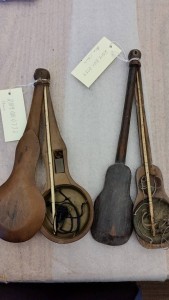


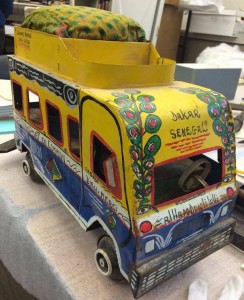

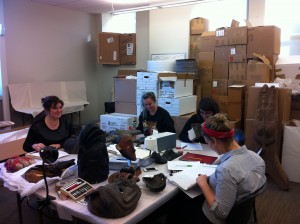
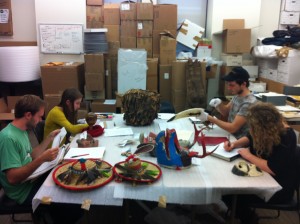
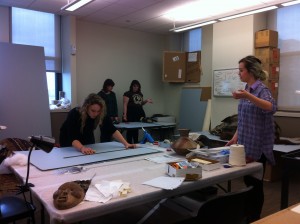
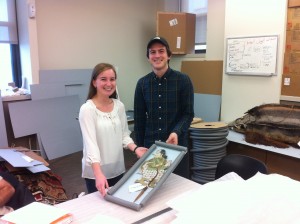
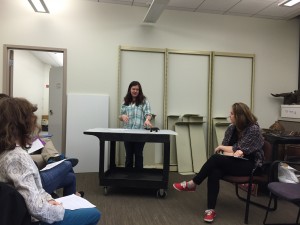
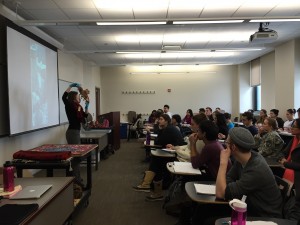
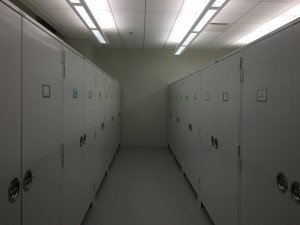
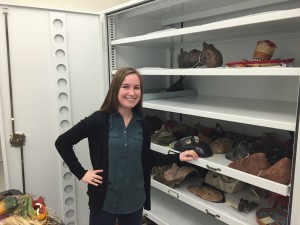
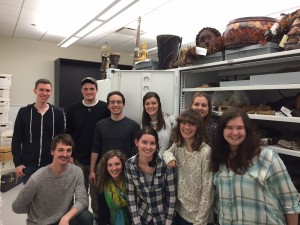

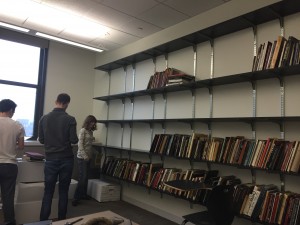
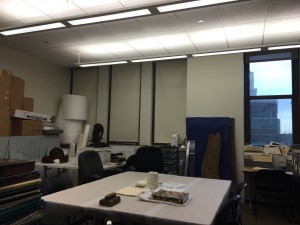
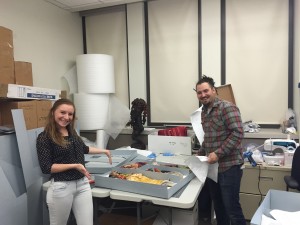

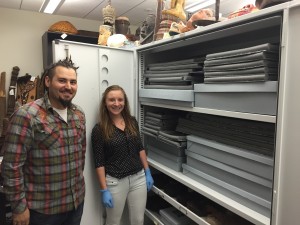


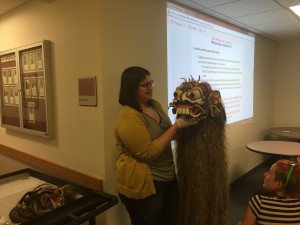
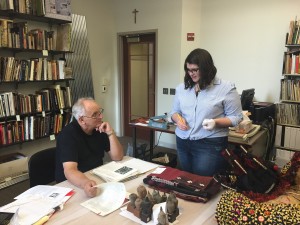
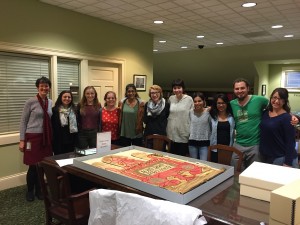
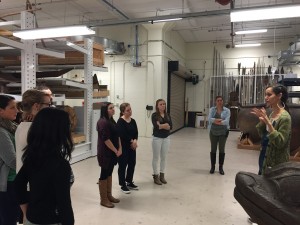


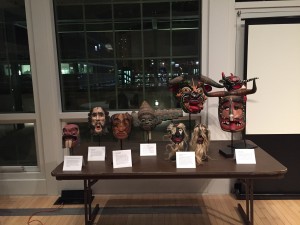

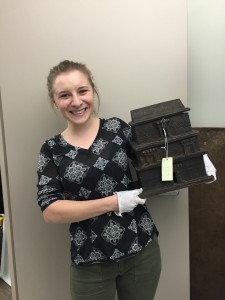



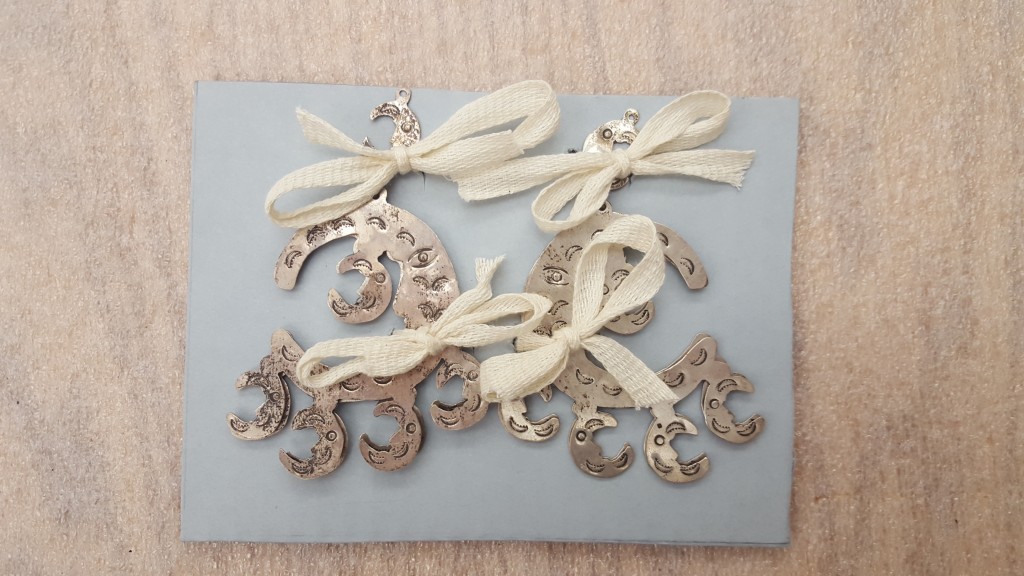
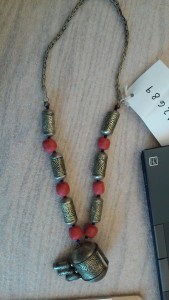
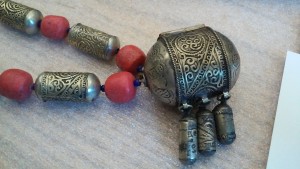
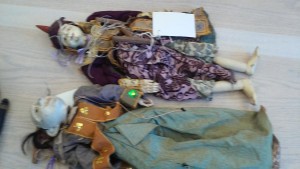
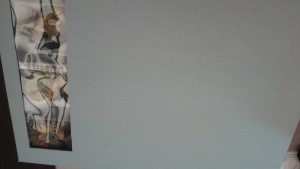
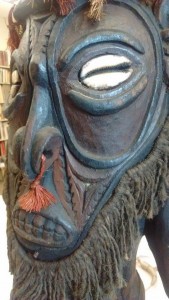
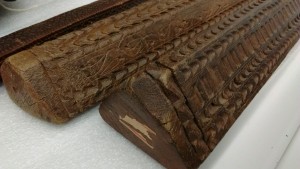

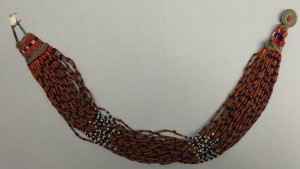

 lids, which gave me proof that this object must have been cursed. It was a truly terrifying object that I had to know more about.
lids, which gave me proof that this object must have been cursed. It was a truly terrifying object that I had to know more about.


